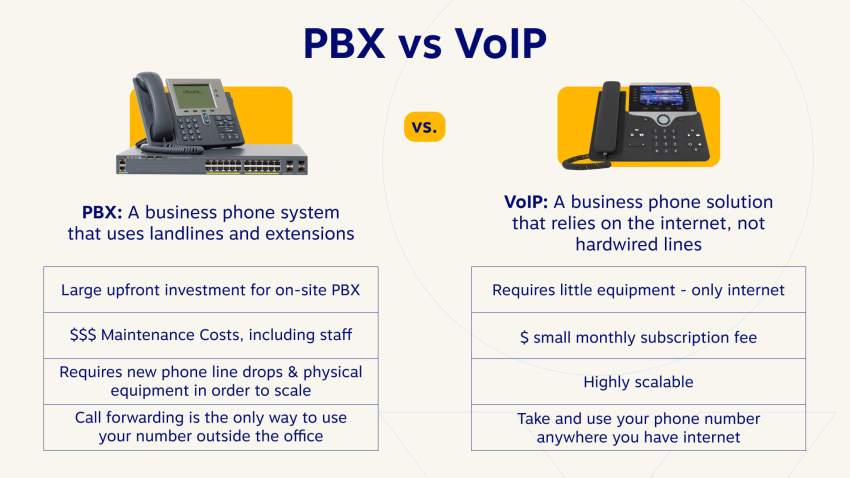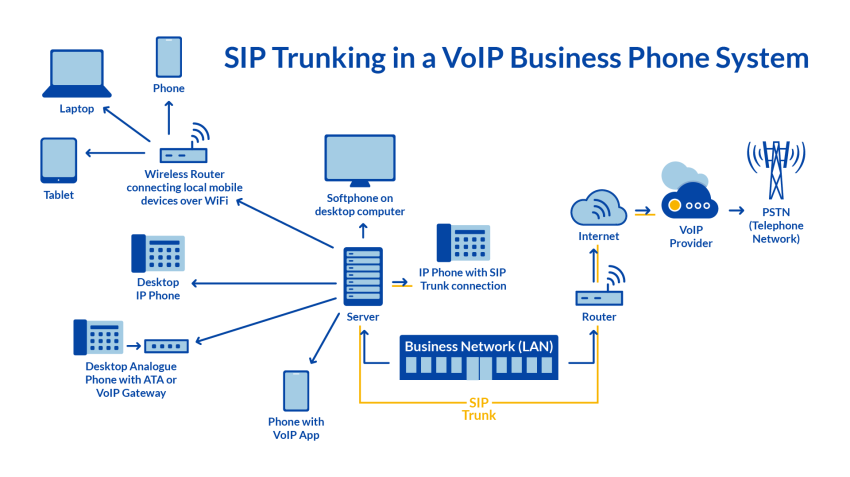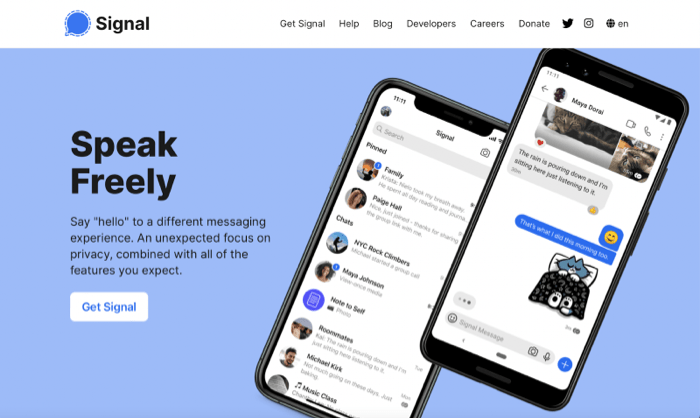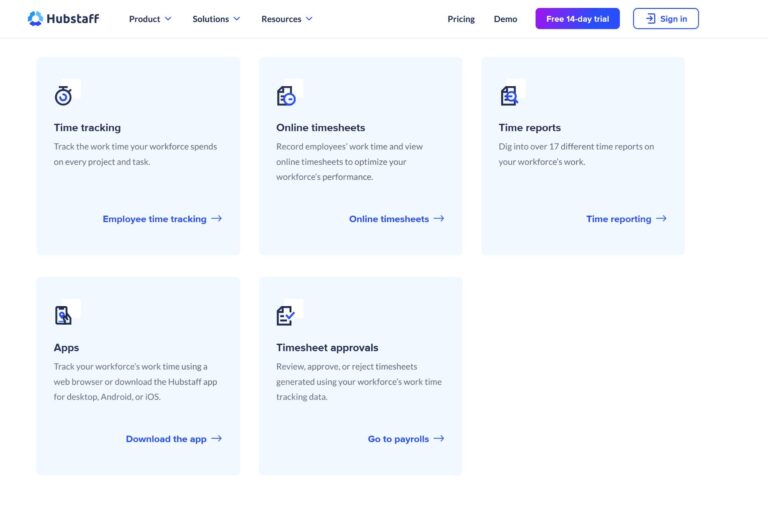Affordable Cloud Phone Systems for Distributed Teams: Boost Efficiency Today
Are you struggling to keep your distributed team connected without breaking the bank? Finding an affordable cloud phone system that fits your budget while delivering reliable, clear communication can feel overwhelming.
But it doesn’t have to be that way. Imagine having a phone system that lets your team call, message, and collaborate seamlessly—no matter where they are—without complicated setups or soaring costs. You’ll discover the top affordable cloud phone systems designed specifically for distributed teams like yours.
Read on to learn how to boost your team’s productivity and stay connected effortlessly, all while saving money.
Benefits Of Cloud Phone Systems
Cloud phone systems offer many benefits for distributed teams. They simplify communication and improve teamwork. These systems use the internet to connect calls, eliminating the need for traditional phone lines. This leads to better flexibility and lower costs.
Teams spread across different locations can stay connected easily. Cloud phone systems support various devices like computers, smartphones, and desk phones. This makes it easier for employees to work from anywhere without losing contact.
Cost Savings For Distributed Teams
Cloud phone systems reduce expenses on hardware and maintenance. Teams no longer need costly on-site phone equipment. Monthly fees are usually lower than traditional phone services. Calls between team members often come free. Long-distance charges decrease, saving money for global teams.
Enhanced Communication Flexibility
Employees can make and receive calls from any device. Switching between devices happens without interrupting calls. Features like voicemail, call forwarding, and conferencing are easy to use. Teams can communicate quickly through voice, video, or messaging. This flexibility supports remote work and fast responses.
Scalability And Growth Support
Cloud phone systems grow with your team’s needs. Adding or removing users takes minutes. Companies avoid overpaying for unused lines. New features and updates happen automatically. This ensures your phone system stays current without extra effort.

Credit: www.nextiva.com
Key Features To Consider
Choosing the right cloud phone system for distributed teams means focusing on key features. These features ensure smooth communication and better team collaboration. They also help save costs and improve efficiency. Understanding these features helps businesses pick a system that fits their needs.
Unified Messaging And Calling
Unified messaging and calling let team members access all communication in one place. Calls, texts, and voicemails appear together on one platform. This reduces missed messages and keeps conversations organized. It makes teamwork easier, especially across different locations.
Integration With Crm And Helpdesk
Integration with CRM and helpdesk tools connects phone systems to customer data. Teams can see customer history during calls. This improves service and speeds up problem solving. It also helps track interactions and follow up on leads effectively.
Ai And Automation Capabilities
AI and automation reduce manual work and improve response times. Features like call routing, voicemail transcription, and chatbots save time. They help teams focus on important tasks. These tools also provide insights to improve communication strategies.
Mobility And Remote Access
Mobility and remote access allow team members to work from anywhere. Phones work on mobile devices and laptops without losing quality. This flexibility supports remote work and keeps teams connected at all times. It also ensures business continuity during travel or emergencies.
Top Affordable Providers
Distributed teams need cloud phone systems that fit tight budgets. Affordable providers offer features that help teams stay connected. These systems support calls, messaging, and collaboration tools. Here are some top affordable cloud phone system providers for distributed teams.
Ringcentral Highlights
RingCentral offers a reliable phone system with many features. It supports voice calls, video meetings, and team messaging. The platform works well on desktops and mobile devices. RingCentral also integrates with popular apps like Microsoft 365 and Google Workspace. Its plans include unlimited calling in the US and Canada. The system is easy to set up and use for remote teams.
Nextiva’s Pricing And Benefits
Nextiva provides competitive pricing suitable for small to medium teams. It includes call management, voicemail, and auto-attendant features. Nextiva offers a user-friendly dashboard for easy control. The service includes strong customer support to help teams. Plans start with low monthly fees and scale with added features. Nextiva also supports team collaboration through chat and video.
Zoom Phone For Video Integration
Zoom Phone combines cloud calling with Zoom’s video platform. It allows seamless switching between calls and video meetings. This integration suits teams that use video frequently. Zoom Phone offers flexible plans, including pay-as-you-go options. It supports global calling and voicemail transcription. The system works on desktop apps and mobile devices. It helps teams communicate in one platform without extra tools.
Goto Connect’s Flexibility
GoTo Connect provides a flexible phone system for distributed teams. It combines voice, video, and messaging in one solution. The platform supports desktop and mobile use with a simple interface. GoTo Connect offers scalable plans for businesses of all sizes. It integrates with popular business tools like Salesforce and Zendesk. Teams can customize call routing and voicemail easily. The system helps reduce communication gaps across locations.
Other Notable Options
Other affordable providers include Ooma, Vonage, and Dialpad. Ooma is known for its low-cost plans and easy setup. Vonage offers strong mobile app features for on-the-go teams. Dialpad uses AI to improve call quality and transcription. Each provider offers unique features to fit different team needs. Comparing plans helps choose the best fit for your budget and goals.
Choosing The Right System
Choosing the right cloud phone system is essential for distributed teams. The system must fit team size, work style, and technical needs. A perfect match improves communication and boosts productivity. Consider several key factors before making a decision.
Assessing Team Size And Needs
Start by understanding your team size. Small teams need fewer features and simpler setups. Larger teams require advanced tools and scalability. Think about how your team communicates daily. Do you need video calls, messaging, or call routing? Identify must-have features to avoid overspending on extras.
Evaluating Integration Requirements
Check if the system works with your current tools. Integration with CRM, email, and project management software saves time. It keeps data consistent across platforms. Ensure the system supports the apps your team uses most. This reduces switching between tools and improves workflow.
Considering Support And Reliability
Reliable service is critical for smooth communication. Look for providers with strong uptime records and quick customer support. Support should be available 24/7 for distributed teams across time zones. Test response times and available help channels before choosing. This prevents downtime and frustration.
Comparing Pricing Models
Understand pricing structures carefully. Some providers charge per user, others offer flat rates. Watch for hidden fees like setup or extra feature costs. Choose a plan that fits your budget and grows with your team. Flexibility is key to avoid paying for unused services.
Setting Up Your Cloud Phone System
Setting up a cloud phone system for a distributed team can improve communication and save costs. The process involves careful planning and clear steps to ensure smooth deployment. Focus on simple installation, team training, and strong security measures. These steps help your team stay connected and productive from anywhere.
Step-by-step Implementation Guide
Start by choosing a cloud phone provider that fits your budget and needs. Create user accounts for all team members with proper roles. Connect your existing phone numbers or get new ones from the provider. Set up call routing and voicemail features for each user. Test the system with a small group before full rollout. Ensure all devices like laptops and smartphones are compatible. Monitor the system for any issues during the first weeks.
Training Your Distributed Team
Provide simple guides and video tutorials for your team. Schedule live training sessions to explain key features. Encourage team members to practice making and receiving calls. Share tips on using voicemail, call transfers, and conferencing. Set up a support channel for questions and feedback. Keep training materials easy to understand and accessible. Regularly update the team on new features or changes.
Ensuring Security And Compliance
Choose a provider that uses encryption for calls and data. Require strong passwords and two-factor authentication for all users. Regularly update software to protect against vulnerabilities. Set clear rules for data sharing and call recording. Ensure the system meets local laws and industry regulations. Monitor access logs to detect unusual activities. Train your team on security best practices to avoid breaches.

Credit: www.nextiva.com
Maximizing Efficiency With Cloud Phones
Cloud phone systems offer distributed teams a simple way to stay connected. They reduce the need for physical hardware and allow calls from anywhere. This flexibility leads to better time management and smoother workflows. Teams can handle more calls, share information faster, and respond quickly to customers or partners.
Maximizing efficiency with cloud phones means using their full potential. Smart features and easy management tools help teams communicate better. This section explores ways cloud phones improve team collaboration and call handling.
Leveraging Ai For Smarter Communication
AI in cloud phones helps sort calls and messages automatically. It can detect important calls and send alerts. AI tools transcribe voicemails and create summaries, saving time. Teams get clear insights and can prioritize tasks easily. This reduces missed calls and improves response speed.
Optimizing Call Management
Cloud phone systems simplify call routing and monitoring. Calls go to the right person fast, avoiding delays. Teams can set schedules to manage peak hours well. Managers track call volumes and performance with dashboards. This helps find problems and improve customer service quickly.
Enhancing Collaboration Across Locations
Cloud phones connect team members no matter where they work. Group calls and video meetings happen without extra software. Sharing files and notes during calls keeps everyone updated. This builds a sense of unity and speeds up decision-making. Teams feel closer and work better together.
Free Trials And Budget-friendly Options
Free trials and budget-friendly options make cloud phone systems accessible for distributed teams. These options help teams test features without upfront costs. They also allow businesses to find plans that fit tight budgets. Choosing the right plan can save money while supporting team communication.
Exploring Free And Low-cost Plans
Many providers offer free plans with basic features. These plans suit small teams or startups. Low-cost plans add more features for growing teams. Pricing often depends on user count and included tools. Free and low-cost plans help teams stay connected without overspending.
Trial Period Benefits
Trial periods let teams explore full features risk-free. They help users understand system ease and reliability. Teams can test call quality, integrations, and support services. Trials reveal if a system fits team needs before paying. This reduces the chance of costly mistakes.
Making The Most Of Limited Budgets
Teams should prioritize essential features to avoid extra costs. Combining cloud phone systems with existing tools saves money. Choosing scalable plans supports growth without switching systems. Monitoring usage helps control expenses and avoid surprises. Budget-friendly systems keep teams connected and productive.

Credit: www.nextiva.com
Frequently Asked Questions
What Are Affordable Cloud Phone Systems For Teams?
Affordable cloud phone systems offer cost-effective, internet-based communication solutions designed for distributed teams. They reduce hardware costs and provide flexibility, scalability, and easy management from anywhere, making them ideal for remote collaboration and improving team connectivity.
How Do Cloud Phone Systems Support Distributed Teams?
Cloud phone systems enable seamless communication via VoIP, video, and messaging over the internet. They integrate with collaboration tools, support remote access, and ensure consistent connectivity, helping distributed teams stay connected and productive regardless of location.
Which Cloud Phone System Is Best For Small Businesses?
Nextiva, RingCentral, and Zoom Phone are top-rated cloud phone systems for small businesses. They offer affordable pricing, user-friendly interfaces, scalability, and robust features like call management, video conferencing, and CRM integrations.
Can Cloud Phone Systems Reduce Communication Costs?
Yes, cloud phone systems typically lower costs by eliminating traditional phone lines, reducing hardware expenses, and offering flexible subscription plans. They also decrease long-distance charges with VoIP technology, making them budget-friendly for distributed teams.
Conclusion
Choosing an affordable cloud phone system helps distributed teams stay connected. These systems offer flexibility and clear communication without high costs. Teams can make calls, send messages, and hold meetings from anywhere. Cloud phone systems also scale easily as teams grow or change.
Investing in the right service improves teamwork and productivity. Simple setup and user-friendly features save time and reduce hassles. Overall, these solutions support remote work and keep business running smoothly.





